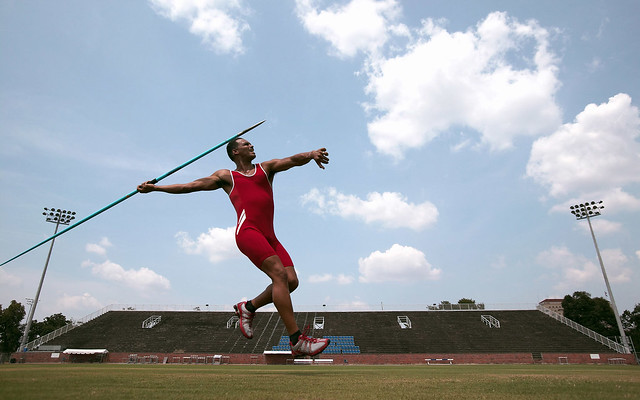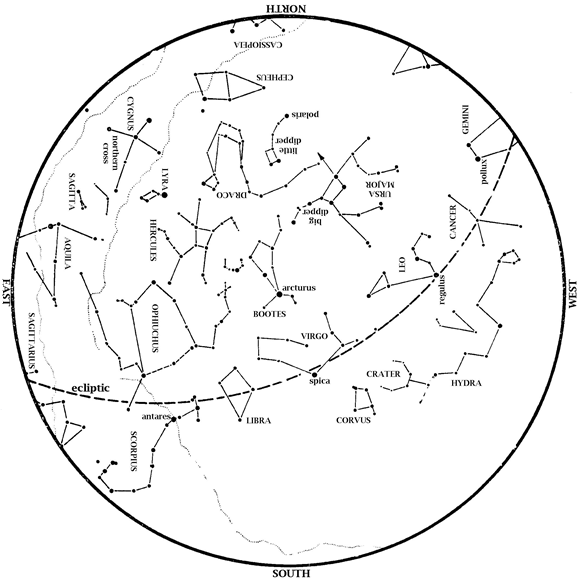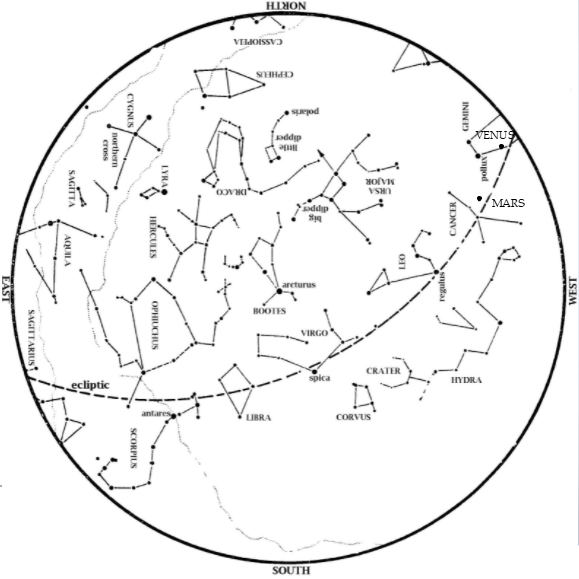Every four years, the eyes of the world shift towards a global competition, complete with feats of strength, determination, talent and teamwork. The Summer Olympics are back, and I could not be more excited. The following post is one of three about some of my favorite events.
This go-around, I’m rather excited to further study one event in particular. After the 2012 London Olympics, I returned to St. Louis for my junior year of college to find that my roommate decided to join the Washington University track and field team. Why? “I just wanted to be better at throwing spears.”
As he soon learned, Javelin is much more complicated than just throwing a spear. The best javelin throwers have spent decades perfecting their technique. And when I tried to just pick up a javelin and throw it for fun, the result was too embarrassing to share here.
First, there’s the run-up, the series of steps where the thrower is building up speed and momentum. This begins with a traditional run and transitions into crossover steps before the actual throw. The crossover steps are when a thrower swivels his shoulders and hips and orients his body to prepare to release without sacrificing velocity. As a result of the run-up, some athletes can throw the javelin at speeds up to 30 meters per second, or about 100 kilometers per hour!
As the thrower prepares for the delivery, there has to be a transfer of energy from the body to the javelin itself. This process is started by planting the back foot while still keeping the throwing arm as straight as possible. The front foot continues the transfer by stopping and planting in as straight and rigid a manner as possible. This abrupt stop will force the body to swing around as momentum continues to carry it forward. The athlete must control this swing yet remain rigid in the front foot as much as possible to generate the most force.
Once the front foot plants, a chain reaction of sorts proceeds up the body, transferring force and energy from the legs to the javelin through a series of joints. The back knee swivels forward, followed by the back hip, moving upwards to the shoulder, out to the elbow and finally the javelin.
The javelin is released over the shoulder at an angle ideally between 32 and 36 degrees, according to Mike Barber’s excellent post on the biomechanics of the javelin. As Barber astutely points out, the more important angle measurement is the difference between the angle at which the javelin’s point is moving and the angle at which the javelin’s center of gravity is moving. Ideally, the difference is zero and the pair align to produce the maximum distance. A variation in those angles means the javelin will not travel in the most aerodynamic way possible and, due to increased drag, will not go as far.
Keep your eye on the motion of the body right at the moment of release of the top javelin throwers. Their arms are straight throughout the run up, and the muscles in their legs have to be strong and robust to handle the abrupt stop required for the best throws. There is a lot of stress put onto their bodies as a result, and they must be in top physical shape.
The javelin throw finals at the Rio Olympics will take place on Aug. 18 for women and Aug. 20 for men.








